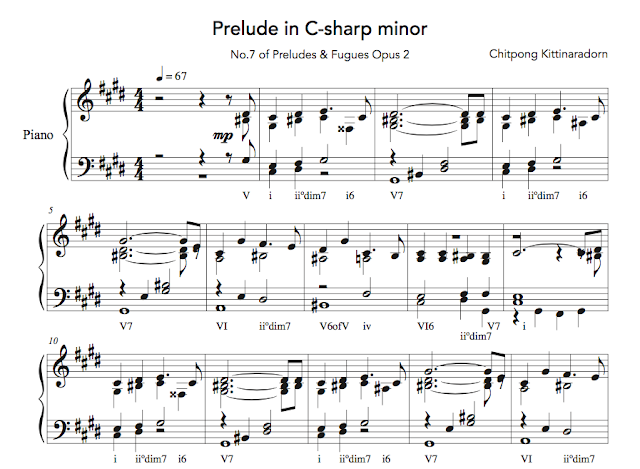Art is simple to create but difficult to explain.
One of the frustrating thing about being a creator of art, is that one knows how to create the art, but cannot explain how to do it.
If an appreciator wants to understand why art is beautiful, he has to understand how it was formed, how it was developed. The product of art is, as it so named, a product, which is a result of all elements combined. Without some effort to discover the inner working of an art, he can just acclaim, that this work of art is beautiful, but that is that. How is it beautiful? Why is it beautiful? What makes it beautiful? These are the questions that an artist concerns about.
But when it comes to explaining the working of a piece of art, a creator faces an insurmountable problem, as he understands everything but cannot explain even one simple thing without giving a lecture on all relatable fundamental theories, techniques, and its application even for this specific work in question. Even if he would explain these successfully, he would need a further explanation of how this particular setting works in this specific environment as art is a successful combination between the small points and their larger structure and form. Just looking at any portion of a musical score that you think is beautiful, it is indescribably difficult to explain why it is so, even though you are the one who consciously created this beauty. This difficulty pushes an artist to create more and more work as creation is much easier for him than explanation.
This is why a creator of art as a human is mostly viewed as having a deep and mysterious personality, because his life and mind continuously involve depth and mystery. This is also true for thinkers of theoretical science and any true spiritual practitioners. Their quest is not to live lives to the fullest, but to seek meaning and an answer to the great question of what makes our lives full and why is it so.
If an appreciator wants to understand why art is beautiful, he has to understand how it was formed, how it was developed. The product of art is, as it so named, a product, which is a result of all elements combined. Without some effort to discover the inner working of an art, he can just acclaim, that this work of art is beautiful, but that is that. How is it beautiful? Why is it beautiful? What makes it beautiful? These are the questions that an artist concerns about.
But when it comes to explaining the working of a piece of art, a creator faces an insurmountable problem, as he understands everything but cannot explain even one simple thing without giving a lecture on all relatable fundamental theories, techniques, and its application even for this specific work in question. Even if he would explain these successfully, he would need a further explanation of how this particular setting works in this specific environment as art is a successful combination between the small points and their larger structure and form. Just looking at any portion of a musical score that you think is beautiful, it is indescribably difficult to explain why it is so, even though you are the one who consciously created this beauty. This difficulty pushes an artist to create more and more work as creation is much easier for him than explanation.
This is why a creator of art as a human is mostly viewed as having a deep and mysterious personality, because his life and mind continuously involve depth and mystery. This is also true for thinkers of theoretical science and any true spiritual practitioners. Their quest is not to live lives to the fullest, but to seek meaning and an answer to the great question of what makes our lives full and why is it so.
